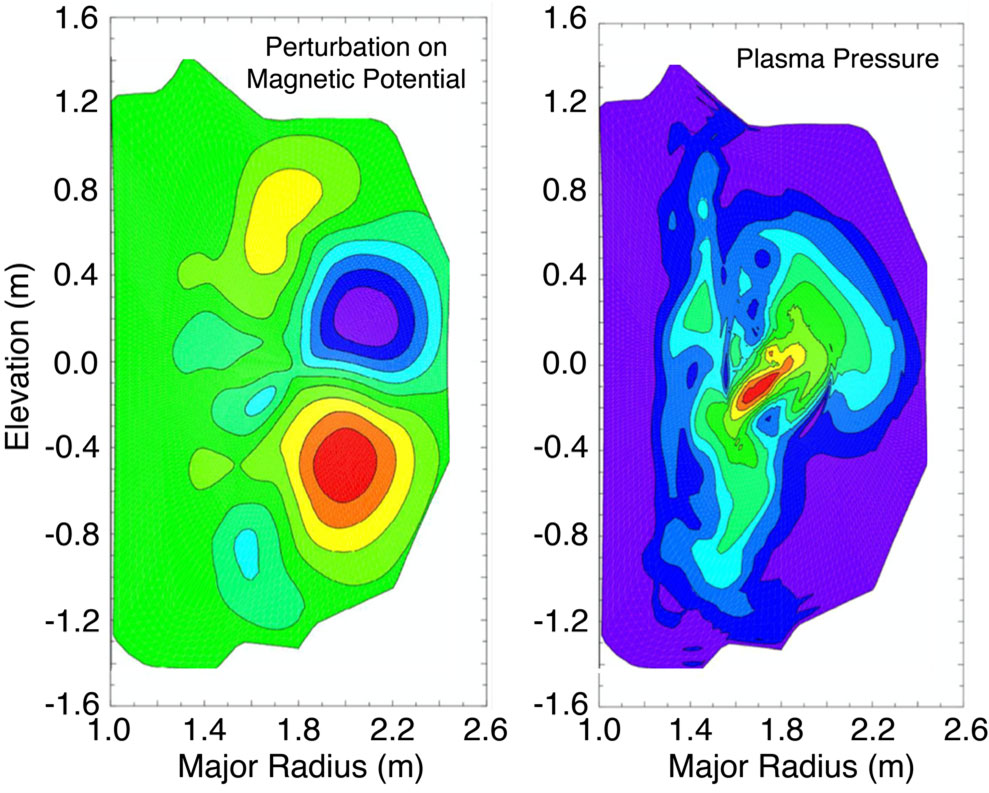
Resistance in Walls Can Cause Disruptive Energy Loss
Plasma simulations, theory, and comparison with experiment show that resistive wall tearing mode can cause energy loss in tokamaks.

Plasma simulations, theory, and comparison with experiment show that resistive wall tearing mode can cause energy loss in tokamaks.

Scientists used tokamak plasmas to study how heat shield materials protect spacecraft in the extreme conditions of atmospheric entry.
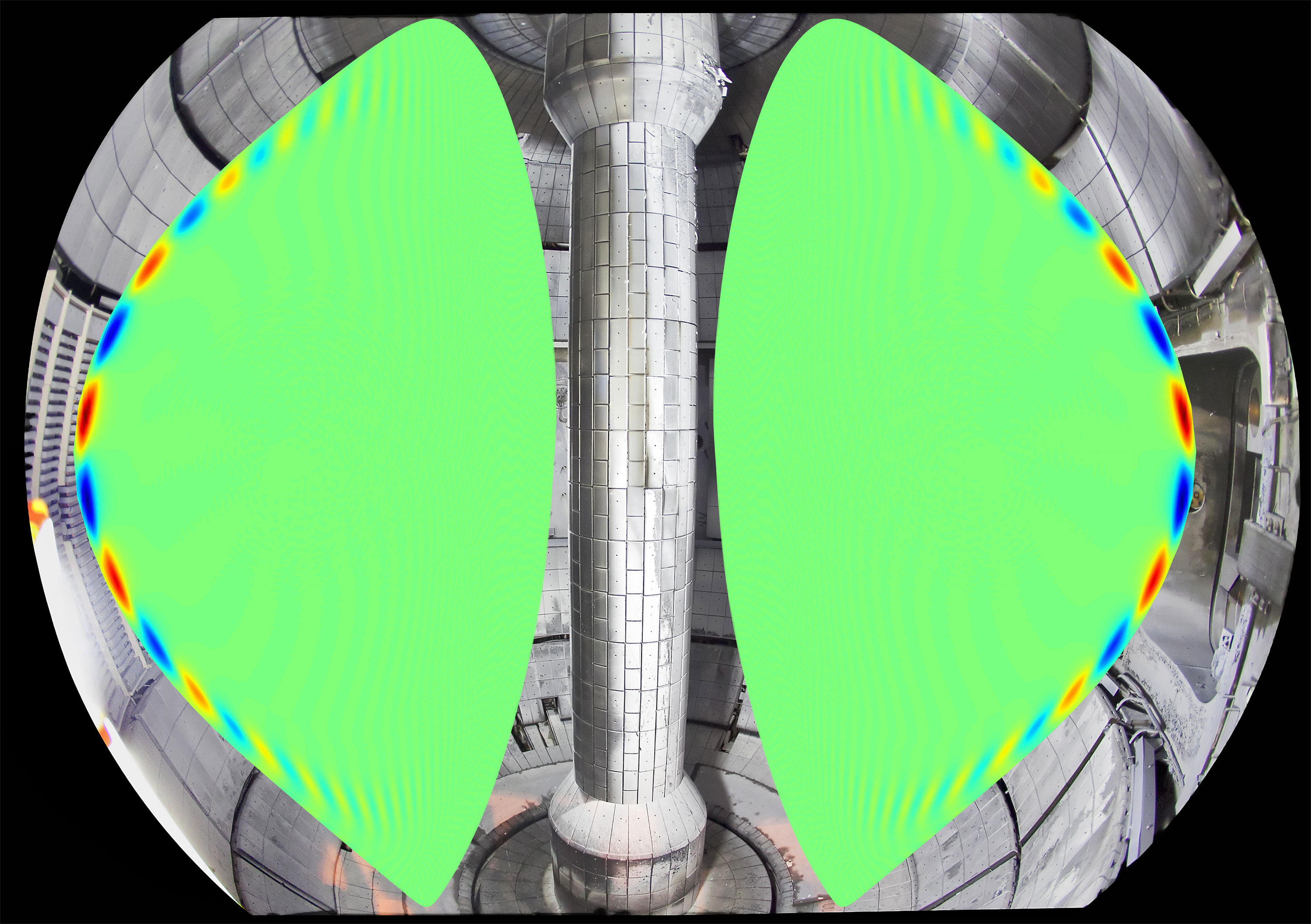
New discovery allows scientists to better stabilize the plasma in future compact fusion reactors.
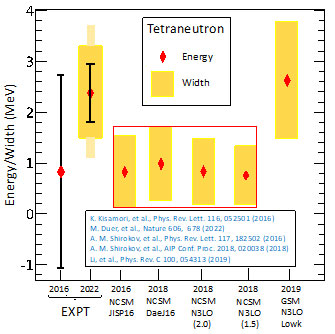
Long predicted by theory with support from supercomputers, this combination of neutrons advances nuclear physics
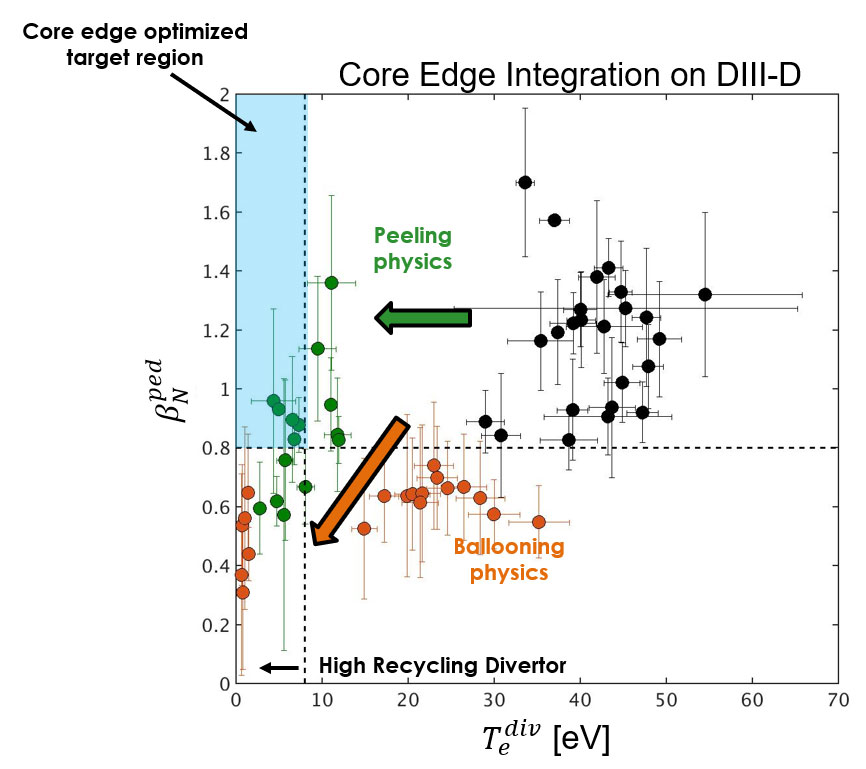
Leveraging peeling physics in current tokamaks improves fusion performance and integrates with exhaust solutions for future fusion reactors.
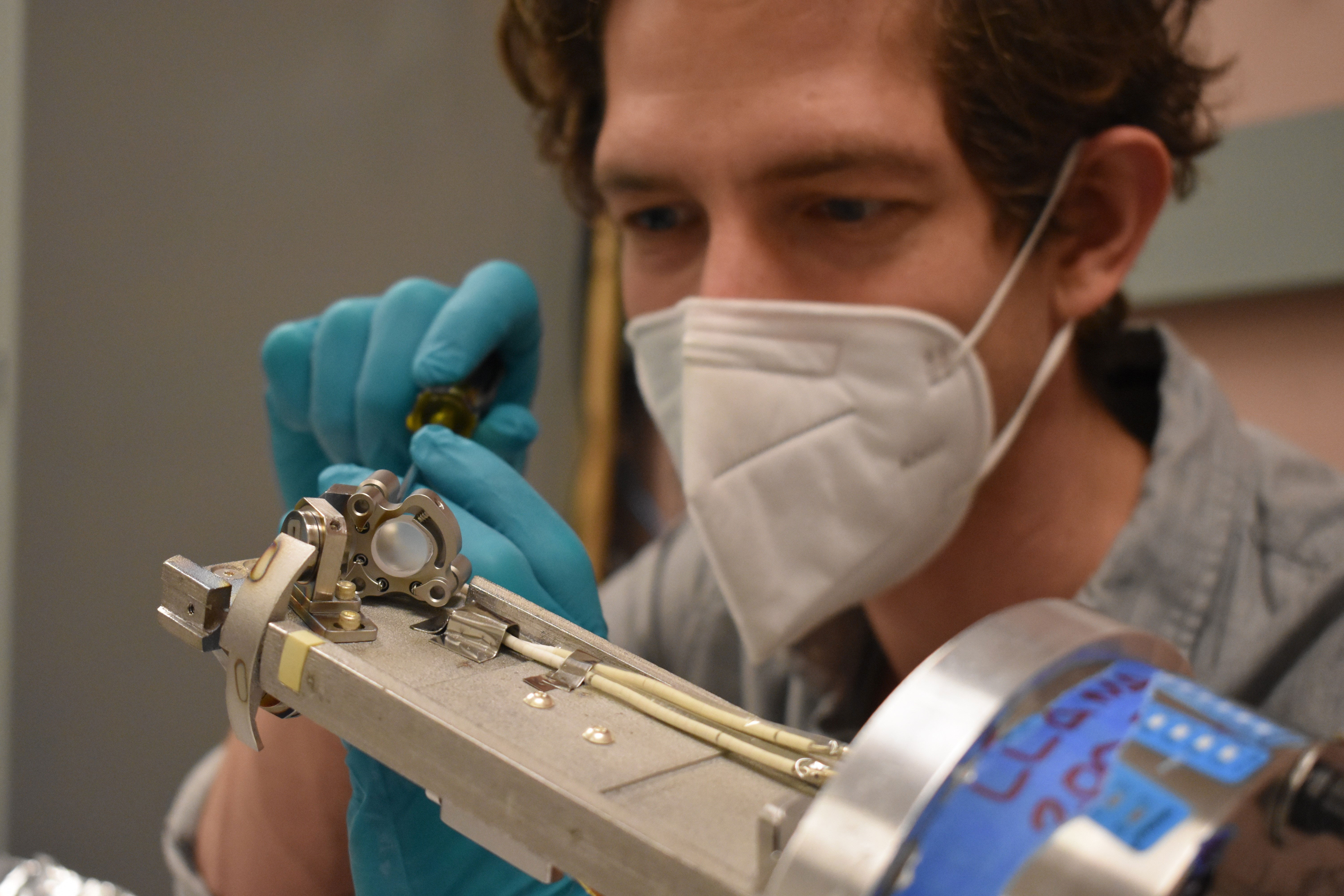
The novel Lyman-alpha Measurement Apparatus (LLAMA) measures neutral particles in a fusion device and the fueling they provide.
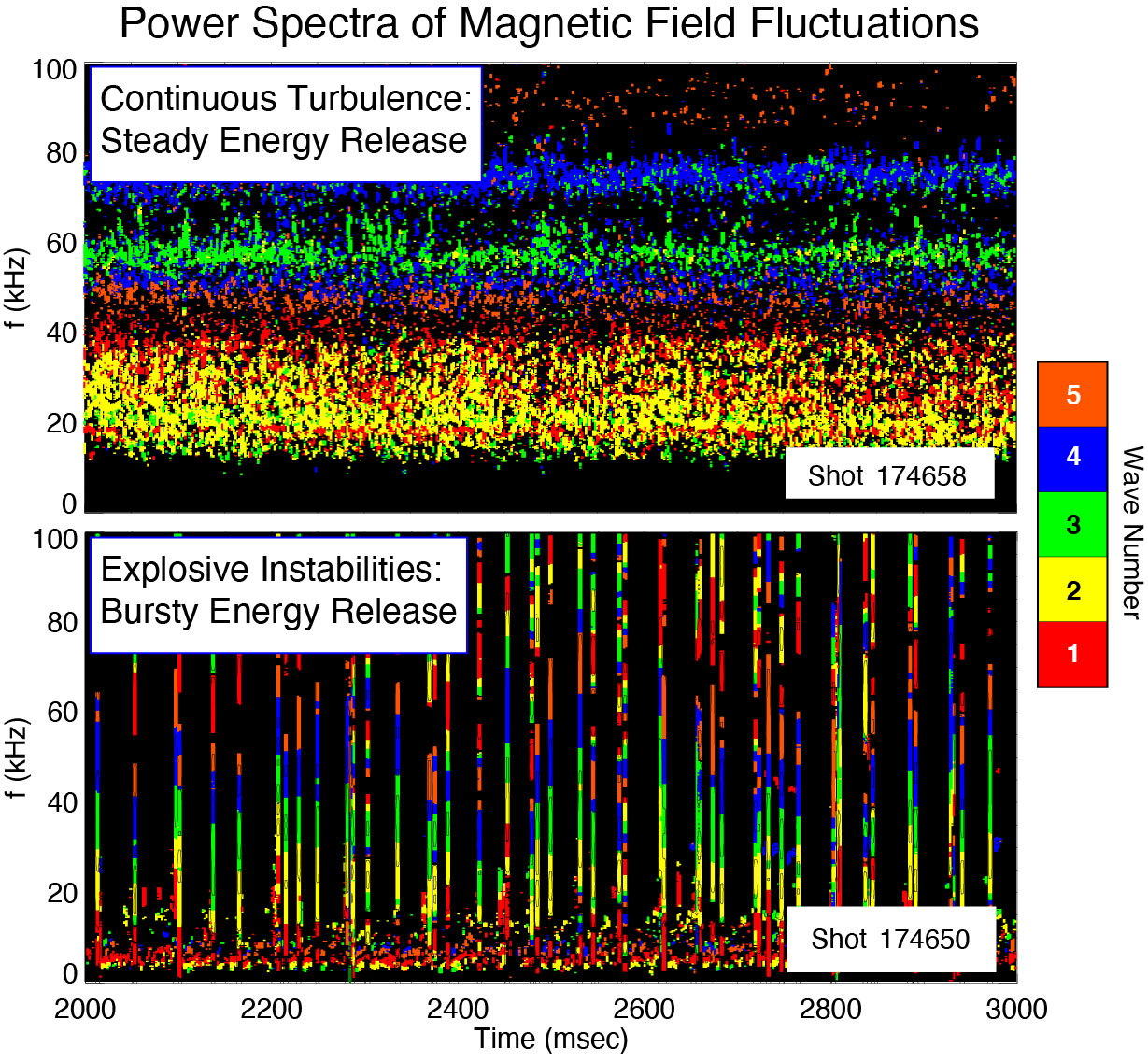
An operating mode called wide pedestal quiescent H-mode allows tokamak operation without detrimental edge instabilities.
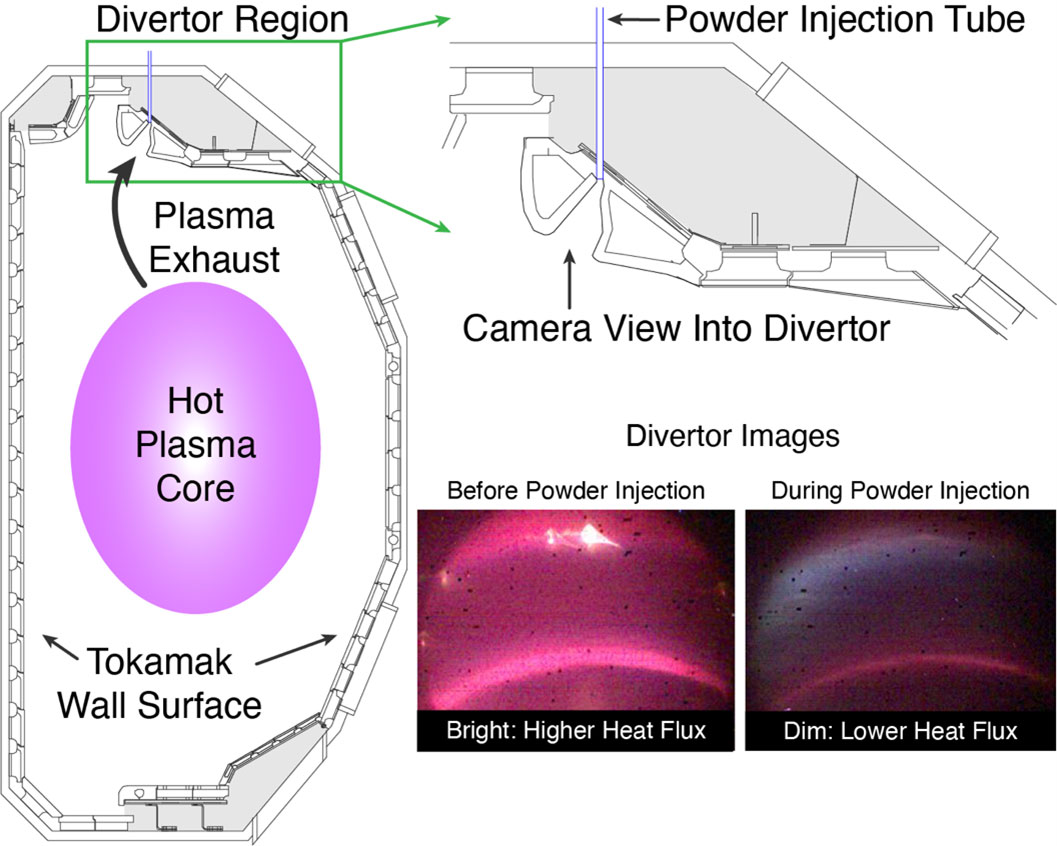
New approach helps protect tokamak walls while maintaining fusion conditions in the core.
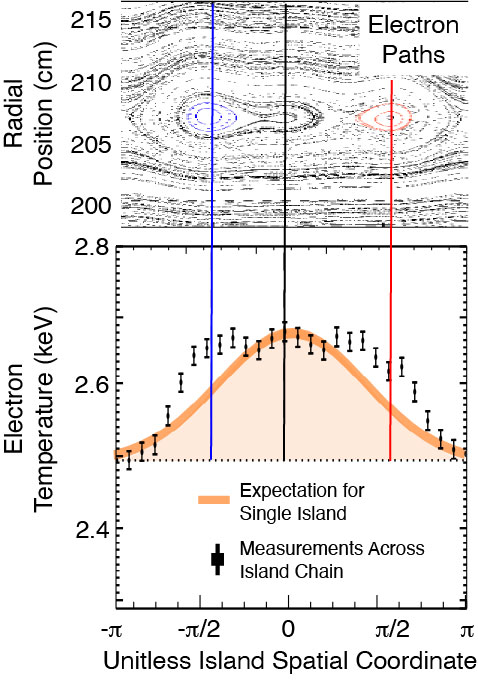
First observation of embedded magnetic islands paves way for improved fusion reactor designs.
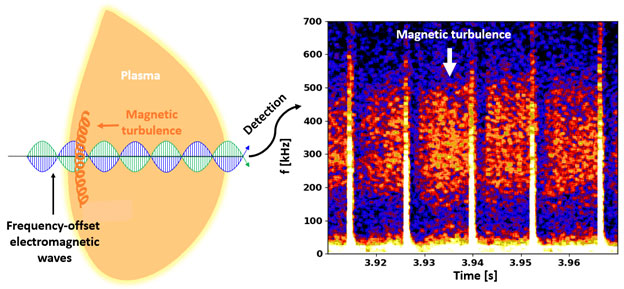
Electromagnetic waves are used to internally identify turbulent magnetic fluctuations in 100-million-degree fusion plasmas.
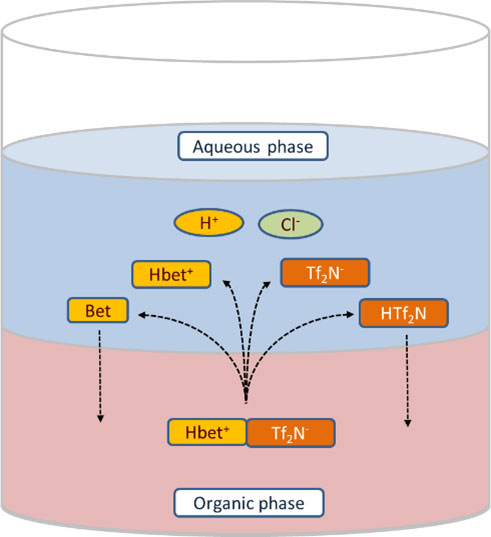
Research on techniques for studying the chemical properties of superheavy elements might also help recover a strategically important metal.
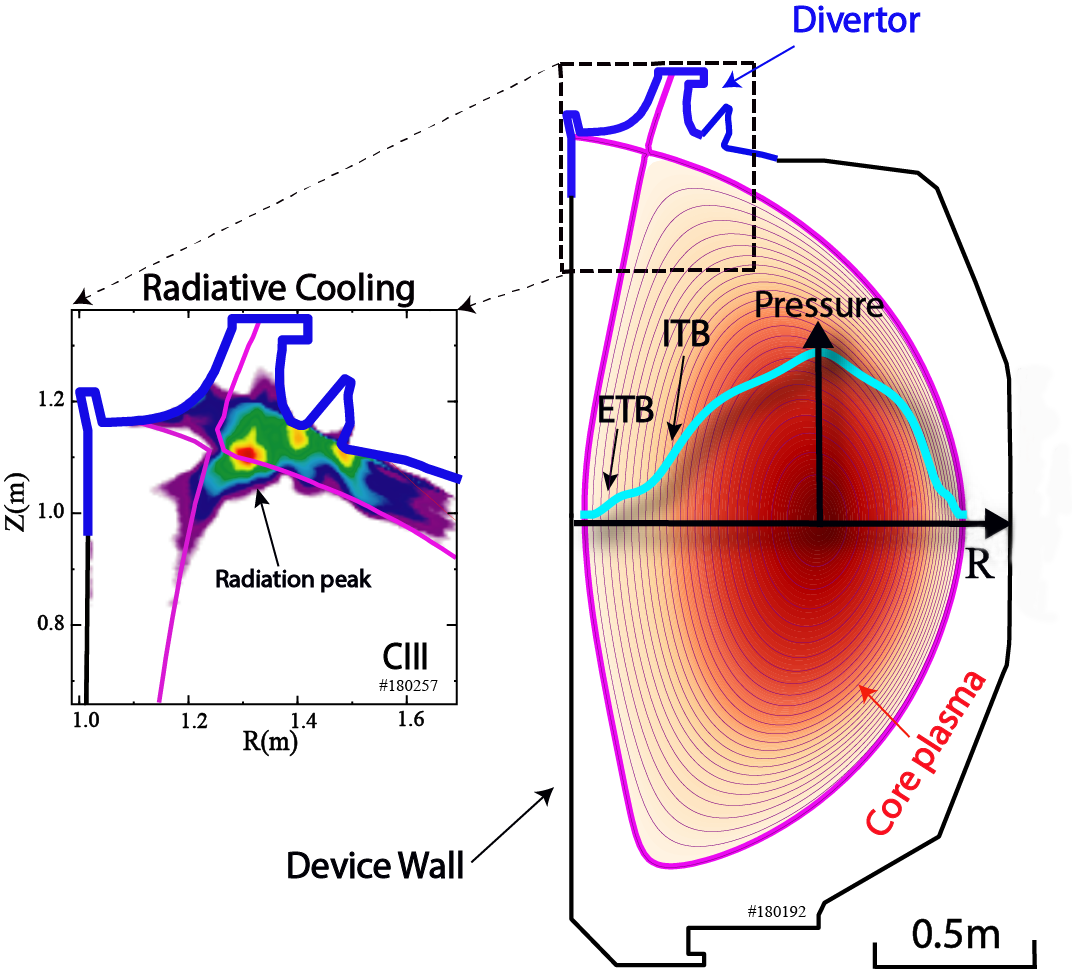
DIII-D researchers create barriers to separate core heat from the cooler edge of a tokamak